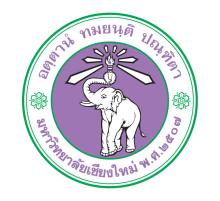Resource information
Abstract: "With
the
major
economic
system
changes,
many
new
developments
are
observed
in
every
sector
of
Myanmar.
Urban
landscaping
is
an
integral
part
of
modern
urban
construction
and
also
presents
the
development
of
economic
conditions.
One
of
the
most
important
factors
of
urbanization
is
population
size.
Urbanization
is
developed
rapidly,
based
on
rural-‐urban
migration
and
natural
growth
of
cities
and
towns.
As
urban
area
develops
changes
occur
in
the
landscape
such
as
buildings,
roads,
recreational
sites.
etc.
Although
the
country’s
population
remains
largely
rural
because
of
Myanmar
economy
is
based
on
agriculture,
urban
population
growth
was
faster
than
spatial
growth.
Yangon
is
Myanmar’s
largest
urban
area.
However,
spatially
it
grew
between
2000
and
2010,
increasing
at
a
rate
of
0.5%
a
year,
from
370
square
kilometers
to
390.
This
paper
studies
many
social
(traffic
congestion,
waste
disposal,
water
problems)
and
environmental
issues
(pollution)
in
urbanization
and
concludes
that
long-‐term
solutions
to
these
problems.
Therefore
this
paper
presents
the
structure
of
urban
landscape
of
some
significant
features
within
Myanmar
and
the
controlling
factors
to
this
urban
landscape.
If
population
growth
and
urbanization
are
given
sufficient
attention
in
economic
policies
which
must
seek
to
manage
for
the
sustainable
future
urban
landscape
of
Myanmar.".....Paper delivered at the International Conference on Burma/Myanmar Studies: Burma/Myanmar in Transition: Connectivity, Changes and Challenges: University Academic Service Centre (UNISERV), Chiang Mai University, Thailand, 24-26 July 2015.




